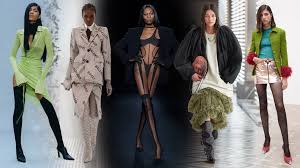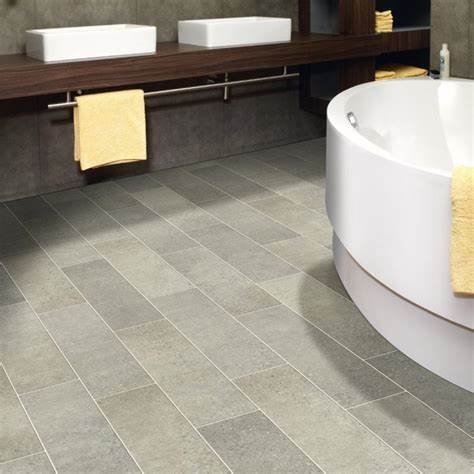As we look to the future, men’s fashion is poised to continue its dynamic evolution, shaped by technological advancements, cultural shifts, and a growing emphasis on sustainability and inclusivity. Here are some key trends and directions that are likely to define the future of men’s fashion.
Sustainable and Ethical Fashion
- Circular Fashion: The concept of circular fashion is gaining momentum, where products are designed with their entire lifecycle in mind. This includes using recyclable materials, designing for durability, and creating systems for garment recycling and upcycling. Brands are increasingly adopting circular models to minimize waste and promote sustainability.
- Eco-Friendly Materials: Innovations in textile technology are leading to the development of eco-friendly materials such as organic cotton, recycled polyester, and biodegradable fabrics. Additionally, alternative materials like hemp, bamboo, and even lab-grown leather are becoming more prevalent, offering sustainable options without compromising on quality or style.
- Transparency and Ethical Production: Consumers are demanding greater transparency about the origins of their clothing and the conditions under which they are made. Brands that prioritize ethical production practices, fair wages, and safe working conditions are gaining favor. Certifications like Fair Trade and B Corp are helping consumers identify brands committed to ethical practices.
Technological Integration
- Smart Fabrics and Wearable Tech: The integration of technology into fashion is set to revolutionize men’s clothing. Smart fabrics that can monitor body temperature, adjust to different weather conditions, and even charge electronic devices are in development. Wearable tech, such as smartwatches and fitness trackers, is also becoming more seamlessly integrated into everyday fashion.
- Virtual Fashion and Augmented Reality (AR): Virtual fashion shows and AR shopping experiences are transforming how consumers interact with fashion. Virtual try-ons using AR allow customers to see how clothes will look on them without physically trying them on, enhancing the online shopping experience. Virtual fashion, where digital-only clothing can be worn in virtual environments, is also emerging as a new frontier.
- 3D Printing and Customization: 3D printing technology offers the potential for highly personalized fashion. Consumers can customize designs, colors, and sizes to create unique garments tailored to their preferences. This technology reduces waste by producing only what is needed and allows for on-demand manufacturing.
Cultural and Social Influences
- Gender Fluidity and Non-Binary Fashion: The breaking down of traditional gender norms is leading to more gender-fluid and non-binary fashion. Designers are creating collections that transcend gender-specific categories, offering inclusive and versatile clothing that appeals to a broader audience. This trend is promoting greater self-expression and challenging conventional notions of masculinity and femininity.
- Inclusivity and Diversity: The fashion industry is increasingly recognizing the importance of inclusivity and diversity. This includes representation of different body types, skin tones, ages, and cultural backgrounds in fashion campaigns and runway shows. Brands are also expanding their size ranges and offering adaptive clothing for people with disabilities, ensuring that fashion is accessible to everyone.
- Cultural Appreciation and Authenticity: There is a growing emphasis on cultural appreciation and authenticity in fashion. Designers are drawing inspiration from various cultures while collaborating with and respecting the communities from which these influences originate. This approach fosters cultural exchange and promotes a deeper understanding and appreciation of global fashion traditions.
Lifestyle and Functional Fashion
- Athleisure and Hybrid Styles: The blurring of lines between formal, casual, and athletic wear continues to gain traction. Athleisure, which combines athletic and leisurewear, remains popular for its comfort and versatility. Hybrid styles that incorporate elements of formal and casual wear are also emerging, catering to the modern lifestyle that requires adaptability.
- Functional and Practical Clothing: Functionality is becoming a key consideration in men’s fashion. Clothing with practical features such as multiple pockets, weather-resistant fabrics, and modular designs are gaining popularity. This trend reflects the need for versatile and adaptable clothing that can accommodate various activities and environments.
- Minimalism and Timeless Fashion: The minimalist fashion movement, which emphasizes simplicity and timeless design, is gaining momentum. Consumers are increasingly valuing quality over quantity, investing in classic, durable pieces that transcend seasonal trends. This approach promotes a more sustainable and intentional way of consuming fashion.
Conclusion
The future of men’s fashion is set to be dynamic, inclusive, and technologically advanced. As sustainability and ethical considerations take center stage, fashion brands will need to innovate and adapt to meet the evolving demands of consumers. The integration of smart technology, the rise of virtual fashion, and the embrace of cultural diversity and gender fluidity are shaping a new era in men’s fashion. This future promises to offer endless possibilities for self-expression, creativity, and conscious consumption, making fashion more accessible, inclusive, and sustainable for everyone.



